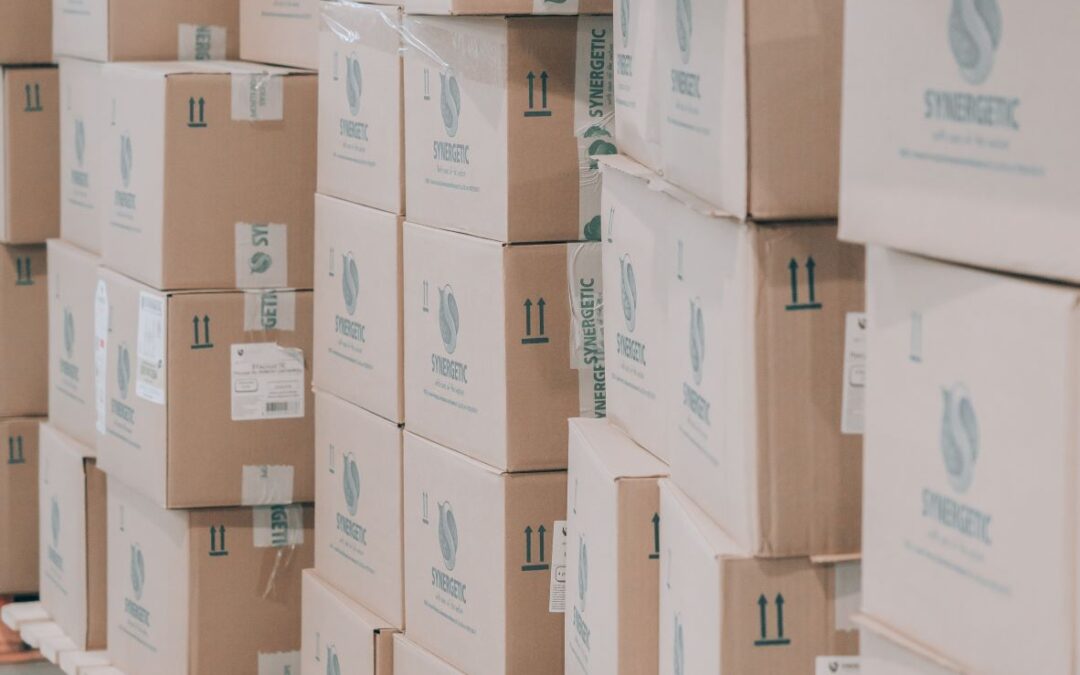Packaging is really important for a business. Not only to secure the products’ inside, but also it acts as your brand identity, especially for a retailer. According to Business Insider, consumers take 7 seconds to form their first impression of your product. This is one of the reasons why product packaging is playing an important role for a brand.
A bad or too many critical errors in the retail packaging including misspelled the name of your product will cause a decreasing sale of your product because it has a bad first impression.
When damaged or defective products are unsellable, they can cause a significant drain on your company’s profits. Conducting a packaging inspection before the shipment is critical to avoiding packaging defects and ensuring your products arrive on time and in good condition.
During the pre-shipment inspection, when 80 percent or more of the total quantity of products has been finished and packed, the inspector will check both the product and the packaging quality at the same time.
So, what should you ensure during the pre-shipment inspection related to the product packaging? Let’s take a look at the three most common packaging defects to help you avoid these issues when importing goods from Indonesia in this article.
1. Incorrect shipping markings and barcodes
You might have specific specifications for labeling your packaging with appropriate markings and barcodes. If your packaging is mislabeled, you may face issues like customs delays.
Expecting the factories to 100% understanding of your labeling preferences might be not really a good idea because sometimes the factory does not clearly understand your specifications and standards because of the communication gap. Shipping marks and labels are requirements that your suppliers must understand before mass production begins to prevent the issue.
Markings generally include:
- Purchaser’s name
- Purchase order (PO) number
- Item number and description
- Carton dimensions and weight
- The number of cartons within the set (1 of 20, 2 of 20, etc.)
- Country of origin in compliance with international requirements, as well as the country of destination
- Any appropriate warning labels and icons (e.g. “fragile” or “this side up”)
Shipping marks can be printed directly on the carton, printed on a label, or handwritten in some cases. Some of these data also can be stored in a barcode or an RFID tag.
Some mistakes with shipping marks and barcodes are considered critical defects. Critical defects are usually serious enough to cause an order to fail the inspection and be rejected. If inspectors find even a single critical defect, many importers will request that their supplier replace the affected packaging for the entire order.
2. Incorrect packing method
How the products are packed is also important to ensure the safety of the product, especially if the product is a fragile one. For instance, you’re importing delicate glass decorations from your factory in Indonesia and delivering them to the Amazon warehouse for distribution. When the products arrive, you got a call, that informs you that the majority of the decor was cracked during delivery and you later discover that the issue happened because the products were not packed appropriately.
This case shows you that the way your product is packed is important. That is why conducting a pre-shipment inspection is your best solution to ensure that your suppliers handle your products with care and pack them following your specifications before shipping.
A not properly packed product usually happens because of several mistakes such as:
- Using the wrong packaging material to pack the product.
- Incorrect packing assortment
- Using the wrong carton size, leaving extra space inside of the carton, which leads to movement of the product that can damage it
- Paperboard missing or upside down
When inspecting using the AQL standard, any of the above issues are typically classified as major defects and frequently caused serious problems and customers are most likely to return the product.
3. Incorrect packaging label
In this digital era, social media is a great platform to promote a business. Customers nowadays even post videos on social media of themselves unpacking, or “unboxing,” new products. This is a great way to get “free” promotion from your customers.
Many importers invest a big amount of time and money developing their packaging so that the customers will love it. Some would argue that the quality of retail packaging is almost as important as the quality of the product itself in making a sale. A loyal customer will be drawn to your product if it comes in high-quality, customized packaging. Below are some of the most common issues discovered during packaging inspection:
- Missing, incorrect, or illegible wording and graphics
- Color deviation within the packaging
- Color deviation from approved sample
Mass printing processes frequently affect the entire order. In the pre-shipment inspection, the inspectors will compare the packaging to the master sample to ensure all the specifications meet your standards.
If you are importing products from Indonesia, you have to ensure that your products including the packaging meet every quality standard. This is necessary to avoid the problem with the regulation of the target country.
By conducting Excellencial’s pre-shipment inspection services in Indonesia, we will provide you with confidence that your products and the packaging as well, comply with both your standards and government regulations.
For more information about the pre-shipment inspection in Indonesia, you can find it here or contact us here today

